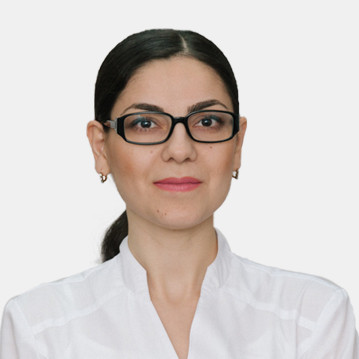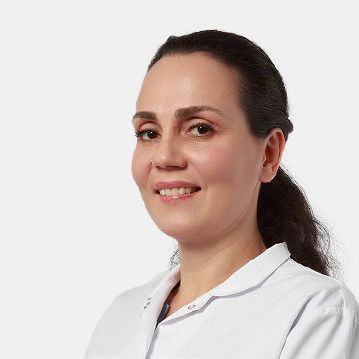
In order to examine the uterine cavity in detail, the gynecologist inserts a special device through the cervix - a hysteroscope. In this way, the surgeon examines the uterine mucosa for the presence of various pathologies or abnormalities.
Before the procedure, the doctor may prescribe a sedative to help the patient relax, after which preparations for anesthesia take place.
The procedure itself takes place in the following order:
A hysteroscope (a long, thin tube with a light and a camera) is inserted into the uterus - the patient may experience cramping and some discomfort as it passes through the cervix. The camera sends pictures to the screen so that the doctor or nurse can see any abnormalities. At the same time, the cavity is filled with a sterile solution for a qualitative review and evaluation of the endometrium, the fallopian tube orifice, and the cervical canal.
In combination with the light passing through the device, it helps the doctor to make a detailed diagnosis of the organs. Then prescribe treatment and, if necessary, perform an operation. To do this, instruments are inserted into the uterus through the hysteroscope.
The time required to perform a hysteroscopy can range from a few minutes to several hours. The duration of the procedure for hysteroscopy of the uterus depends on the purpose for which it is carried out. It can only be diagnostic or surgical, for example, an additional procedure is performed simultaneously with it - laparoscopy, removal of small benign tumors in the uterus, removal of polyps.
Indications for holding:
- Identification of the cause of irregular periods or heavy bleeding.
- Infertility
- Presence of polyps, uterine fibroids.
- Presence of intrauterine adhesions.
- Suspicion of abnormal development of the uterus.
- Pathologies, including synechia, endometrial hyperplasia. .
- Pain during intercourse.
- Miscarriage, with normal conception.
- Removal of a lost IUD, etc.
Contraindications:
- Pelvic organ infection.
- Pregnancy.
- Oncology.
- Heavy bleeding.
Compared to other, more invasive procedures, hysteroscopy has the following features:
- Minimum hospital stay.
- Short cooldown.
- Minimum need for painkillers.
- Avoiding hysterectomy.
- Possibility of opting out of "open" abdominal surgery.
































